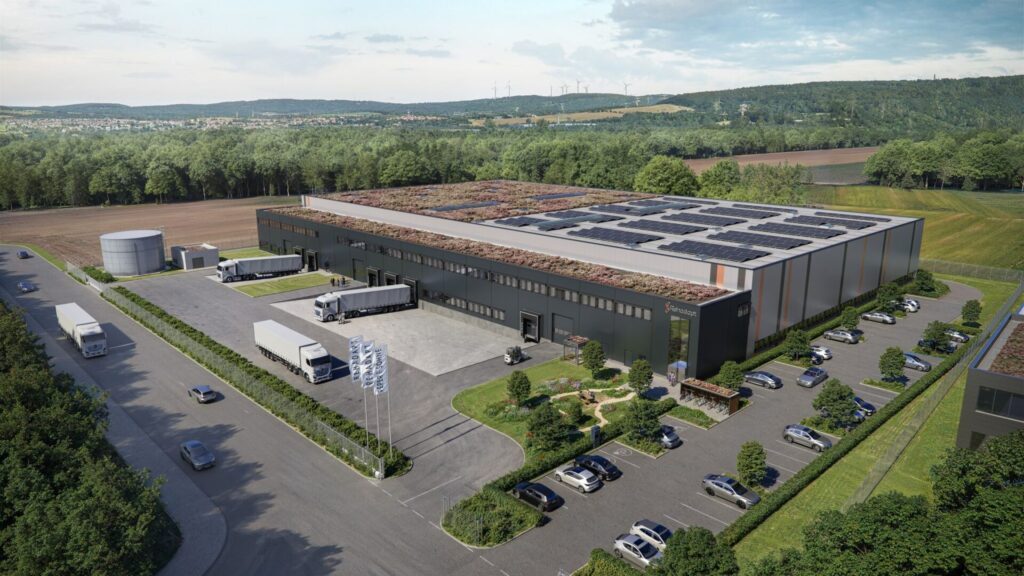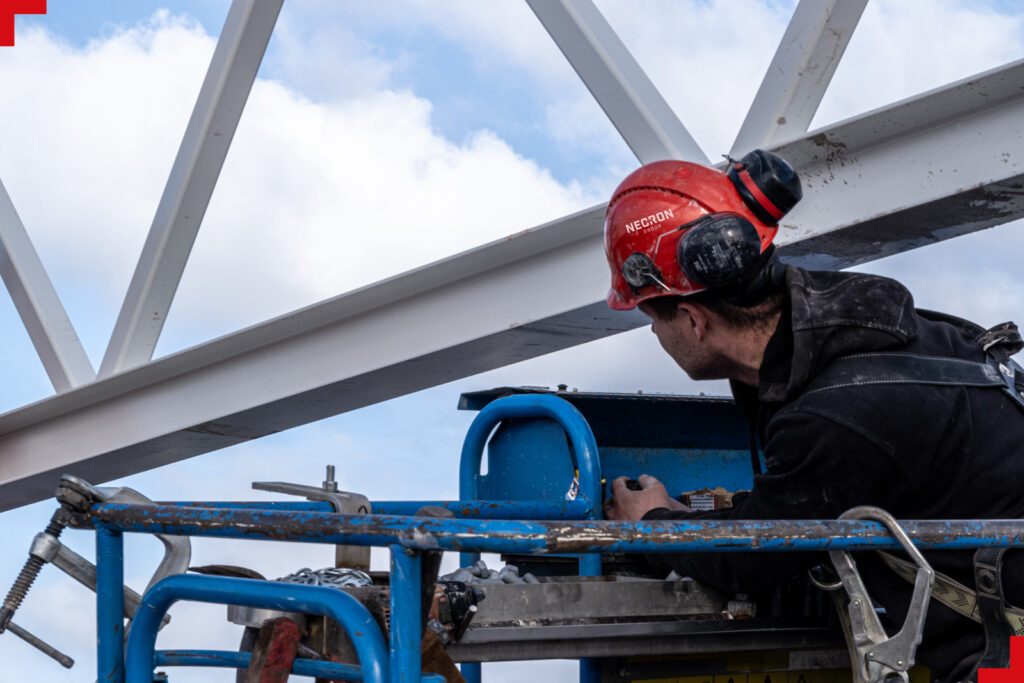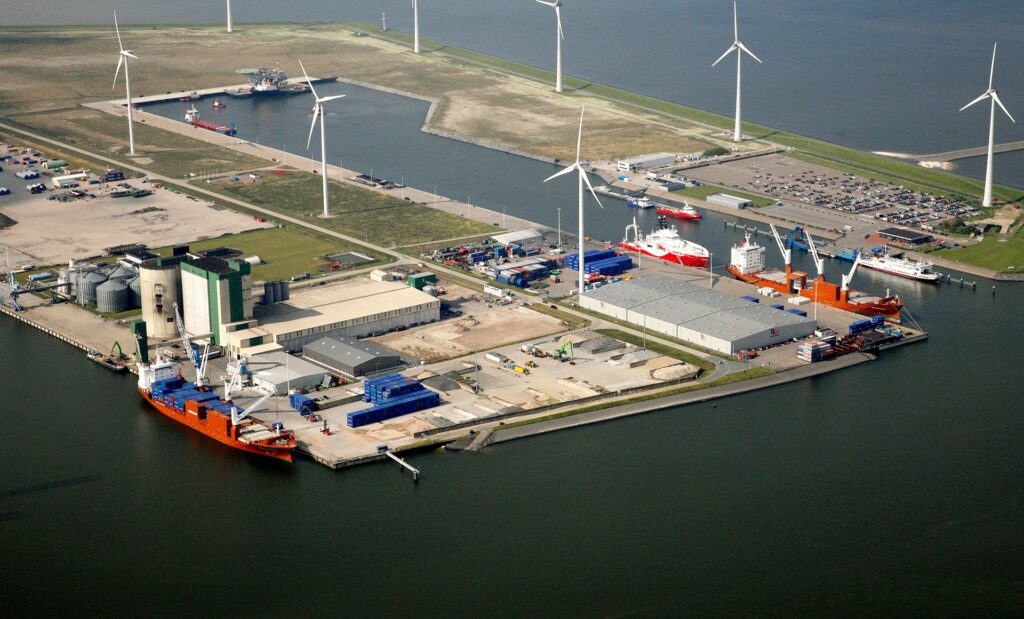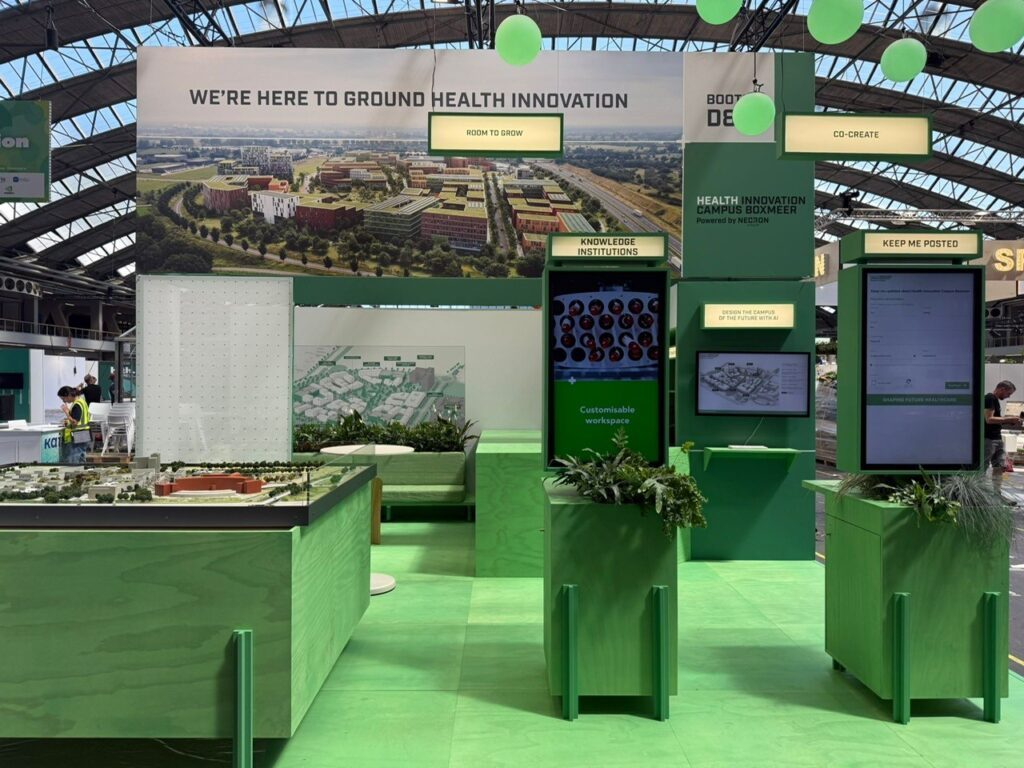The key role of the Northern Netherlands in the energy transition
Groningen has always been the Dutch centre of energy. Where the source used to be fossil natural gas, those megawatts are being generated more sustainably every day. Eemshaven currently produces a third of the Netherlands’ energy, of which 40% renewable. The government aims to increase that share to 60% over the next decade.
That national ambition can create momentum to transform this logistics hotspot on the North Sea into a gateway for sustainable energy. And not just for the Netherlands. Eemshaven has the potential to play a crucial role in the energy transition of all of Northern Europe. In short, an interesting location for pioneering entrepreneurs. Time to dive a bit deeper into the challenges and opportunities of the three main energy industries.
1. Wind energy: from pioneer to market leader
The Northern Netherlands has developed into the hub of wind energy in the Netherlands over recent years. The combination of favourable wind conditions, available space, a concentration of companies with complementary services, specialized port facilities, and existing energy infrastructure makes the region act like a magnet for wind energy companies. Offshore wind farms like Hollandse Kust Noord and Gemini already deliver gigawatts of clean electricity, with new projects continuously scaling up the capacity.
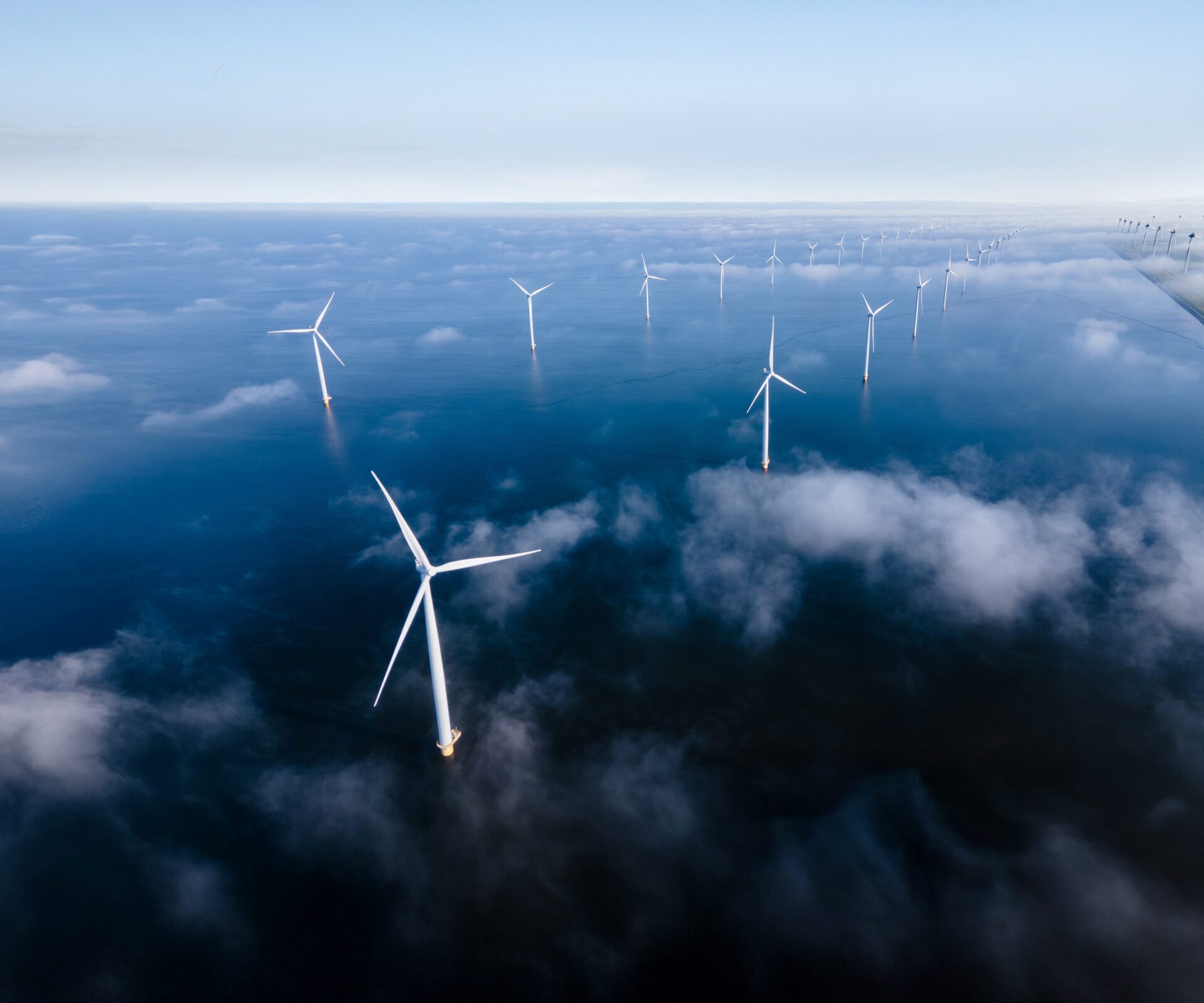
Logistics chains
For entrepreneurs in the wind energy sector, opportunities exist here that are hard to find elsewhere. The proximity of both production and infrastructure creates efficient logistics chains: from the supply of wind turbine components to the distribution of generated energy. Conversion stations and the high-voltage grid are ready to bring wind energy onshore. Also companies focusing on maintenance, transport, and assembly of wind turbines will find favourable conditions in the Northern Netherlands.
Chris Scheerder, plant manager at energy plant RWE, explains: “The business park around Eemshaven offers all the conditions for a CO2-free future. The 400 kV Tennet connection leads sustainably generated electricity directly into the main grid. When local production is too high or too low, we exchange renewable energy between Eemshaven, Denmark, and Norway via the COBRA and NorNed cables. Initially, this provides enough security for the three northern provinces, but with sufficient political will, we might soon also serve the rest of the Netherlands, Germany, and Scandinavia.”
Prime opportunity
The rapid growth of the wind energy sector, however, creates a run on technically qualified personnel, particularly technicians. Chris Scheerder explains how this works at RWE: “We are constantly busy with information stands, excursions, and internship positions to involve upcoming talent with the energy sector. Many training programs are too generic for the work we offer. Luckily, there are technical studies like mechanical engineering, electrical engineering, and operational engineering. In addition to that, there’s a special training centre for wind farms now. So far, we’re managing to attract sufficient quality to our company. The challenge to find good staff means the economy is thriving. So, it’s actually a good sign.”
The government’s ambition to tenfold offshore wind capacity offers early investors the chance to position themselves for long-term growth. Especially companies that contribute to the circular economy within wind energy, recycling components like turbine blades for example, find a prime opportunity to establish themselves in Eemshaven now.
2. Hydrogen: the green revolution
Hydrogen is seen as a game-changer in the energy transition due to its storage potential for green electricity. Eemshaven has all the ingredients for a successful hydrogen chain: renewable energy, industrial infrastructure, and a strategic location for export to Germany, Scandinavia, and the rest of Europe.
For entrepreneurs, this offers opportunities at various levels of the hydrogen chain. From electrolysis producers to hydrogen transport specialists, they all benefit from the clustering of expertise and infrastructure. Especially companies focusing on industrial applications of hydrogen find a favourable ecosystem here with a scale that matches their ambition.
Ready to invest
The challenges in the hydrogen economy are complex and require substantial investments. Green hydrogen production requires large amounts of renewable energy, meaning companies depend on the expansion of wind and solar parks. The construction of specialized infrastructure for hydrogen transport and storage is also in full development. Entrepreneurs must be prepared to invest in innovative technologies and long-term partnerships.
According to Chris Scheerder, there’s a role for politics: “The technology is ready. Eemshaven has the knowledge and the space, but without subsidies or obligations, societal demand for hydrogen is insufficient. We closely follow developments, because with government support, the exploitation of this technology could accelerate at any moment.”
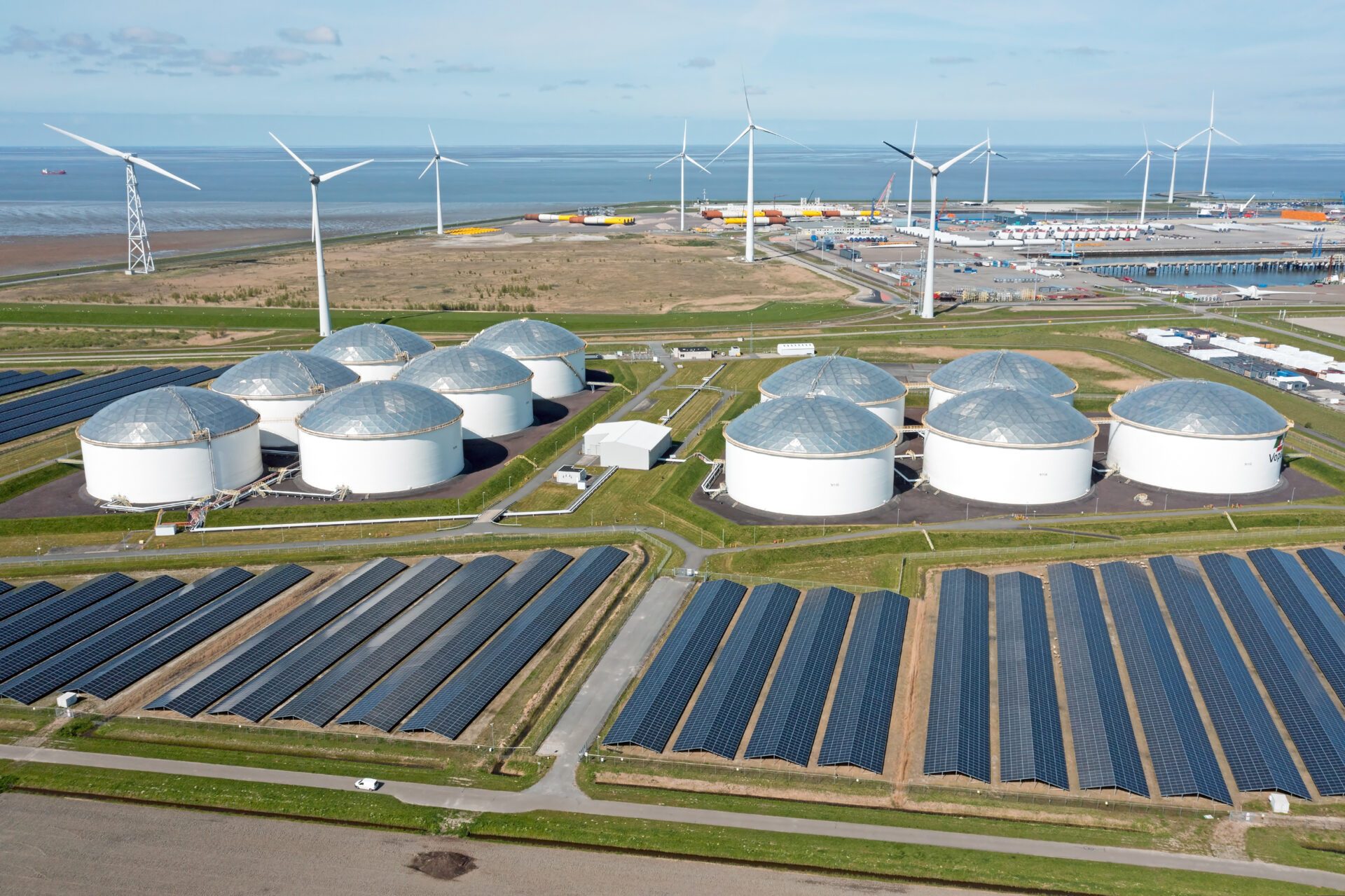
Opportunities for the European market
The Dutch government is trying to scale up national electrolysis capacity to 3-4 gigawatts by 2030, with Northern Netherlands as one of the main production centres. Companies that now invest in hydrogen technology and establish themselves in the region can ride this wave of development. This is their chance to position themselves as suppliers for the entire European market.
3. LNG: the bridge to a greener energy system
Liquefied Natural Gas (LNG) plays a crucial transitional role in the Dutch energy mix. While the ultimate goal is complete sustainability, LNG has two functions. On the one hand, it’s a bridge between fossil fuels and renewable energy. On the other hand, it’s a secure alternative for Russian gas. The Northern Netherlands, with Eemshaven as an LNG hub, fully benefits from this transition period and offers entrepreneurs opportunities in an ever-growing market.
One big ecosystem
The LNG terminal in Eemshaven has positioned the Northern Netherlands as an important link in the European gas supply. The deep-sea port, specific infrastructure, and virtually unlimited storage capacity not only attract LNG traders and logistics companies but also create an ecosystem of supporting services. From specialized transport to technical services, companies find a rich breeding ground for growth here.
RWE is also part of that ecosystem: “Liquid LNG cools down during conversion to household gas,” Chris Scheerder explains.” To safely evaporate liquefied gas, the temperature must remain above 8 degrees Celsius. The EemsEnergyTerminal therefore uses residual heat from our power plant during winter. I think that’s a beautiful example of how companies strengthen each other here.”
Chances and challenges
Another opportunity lies in developing solutions for the supply and storage of hydrogen and synthetic fuels. Ammonia, for example, can transport hydrogen over long distances as a ‘chemical energy carrier’. These alternatives contribute to international climate goals and can use the same infrastructure as conventional LNG. Entrepreneurs investing in the production and distribution of sustainable gases create a favourable position in the transition to a fully green energy supply.
The challenges in the LNG sector relate to the temporary nature of this energy form. Companies must account for increasing regulation around fossil fuels and the gradual shift toward fully renewable alternatives. This requires flexible business models and facilities that grow with changing markets and regulations.
At the same time, the LNG sector offers stability during the energy transition. The existing infrastructure and expertise are of great value for developing green alternatives. Companies can thus optimize their investments and spread risks across different energy carriers.
4. Conclusion: a bright future for energy pioneers
The energy transition is transforming the Northern Netherlands from a traditional gas region into a sustainable hub that shapes the future of renewable energy. With the planned expansion of the Oostpolder, directly below Eemshaven, the municipality and province want to turn this area into the “sustainable power outlet of the Netherlands.” This political support creates unique opportunities for green entrepreneurs.
Integrated approach
The Northern Netherlands’ greatest advantage lies in the integrated approach to the energy transition. Where other regions concentrate on one specific energy form, a complete ecosystem is developing in Eemshaven. Wind, solar, hydrogen, LNG, and other energy carriers strengthen each other.
The region’s logistical position forms an additional asset. Direct deep-sea access to the North Sea, inland shipping to the European hinterland, and excellent rail and road connections guarantee excellent access to international markets. Companies established here benefit from efficient import and export of energy products and technology to Germany, Scandinavia, and the UK.
Necron’s XXL warehouse
The Dutch energy transition is gaining momentum, with the Northern Netherlands at the forefront of the revolution. For entrepreneurs who want to actively contribute to a sustainable future while benefiting from growing markets, this region offers a sea of possibilities.
Necron Group currently has an XXL-warehouse for lease, adjacent to the port of Eemshaven. Spaces range up to 20,000 m², have 12 meters clearance, and are completely customizable. Ideal for entrepreneurs who want to be at the forefront of the energy transition. Curious about the possibilities?
Discover Necron’s XXL-warehouse in Eemshaven.

